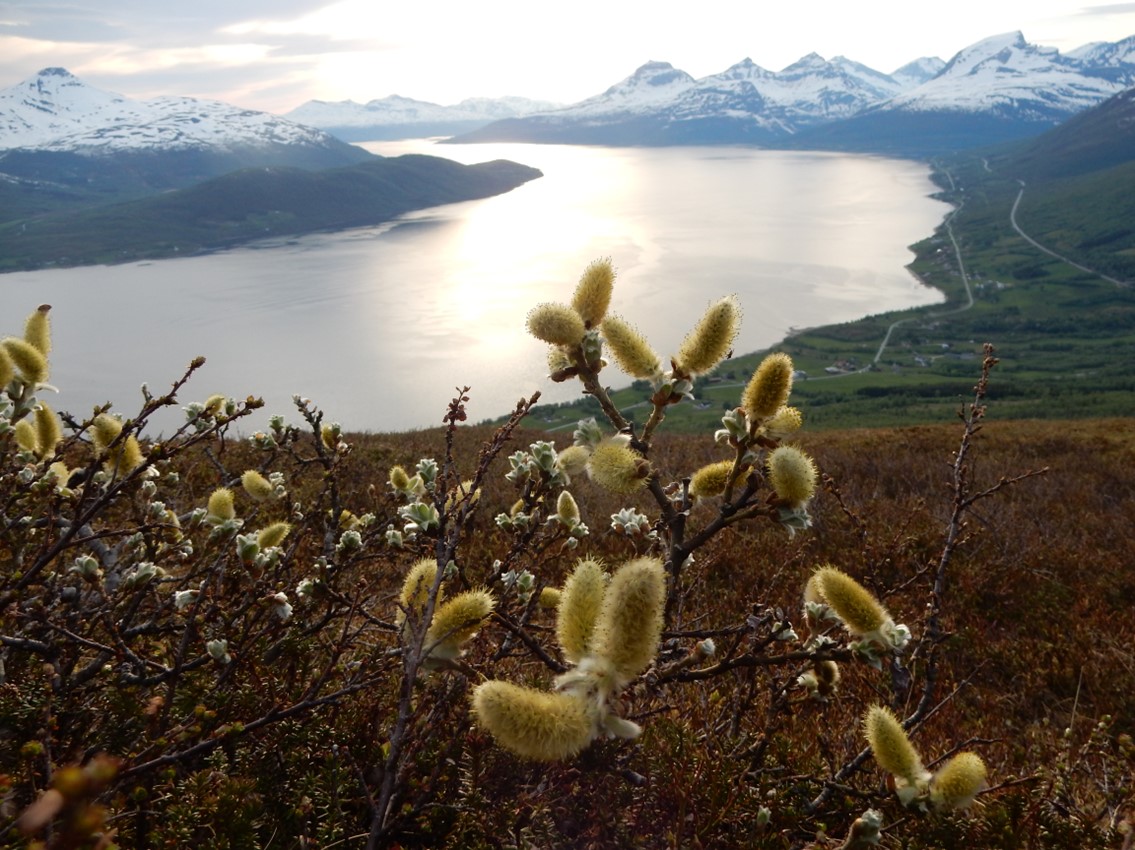Arctic Greening: using ancient DNA to determine responses of willows and birches to climate changes

The largest impact of climate change currently seen on arctic vegetation is the northwards expansion of shrub tundra. However, shrubs may be impacted by a range of factors such as herbivory, snow cover, moisture, and temperatures, and the long-term impact are not well known. Ancient DNA has recently revolutionised our understanding of effect of past climate changes as it provides a local vegetation signal of high taxonomic resolution. Unfortunately, the dominant shrub genera, birch and willow, are rarely distinguished to species level in ancient DNA studies. This PhD will focus on 1) develop methods for species level identification of shrubs from lake sediments, and 2) use latitudinal gradients of sedaDNA to study past effects of environmental changes on arctic greening.
The PhD will be part of the recently established Norwegian Centre for Arctic Ecosystem Genomics (ArcEcoGen) at the Arctic University Museum, UiT, Tromsø. ArcEcoGen centre focuses on the combined effect of humans, climate, and biota on northern ecosystem dynamics in the past, present, and future using environmental DNA (eDNA) techniques. The centre has genome skims of most arctic plant species through the project PhyloNorway, which will provide a basis for method development, Further, the centre has analysed >50 sediment cores for plant and animal DNA, and these will be available for re-analyses using methods dedicated to distinguishing the shrubs. The available plant DNA data can be used to reconstruct past temperature, moisture, disturbance and a range of other environmental factors based on plant traits whereas the mammal DNA data can be used to estimate past grazing pressure. This allows disentangling long-term impact of different drivers of ecosystem changes.